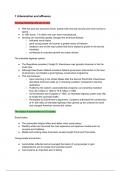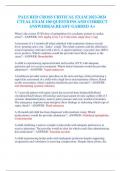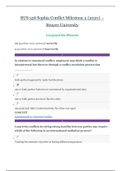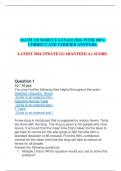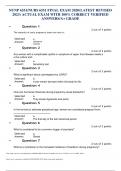Resumen
Summary Unit 2H.2: The USA, 1955–92: conformity and challenge: Affluence and conformity, 1955–63 A* revision notes
- Grado
- Institución
- Book
· This includes detailed revision notes of the first chapter of Edexcel History A-level Option 2H.2: The USA, 1955–92: conformity and challenge. · This chapter is Affluence and Conformity, 1955–63 · It covers everything on the specification and is laid out in an easy-to-understand way! �...
[Mostrar más]
